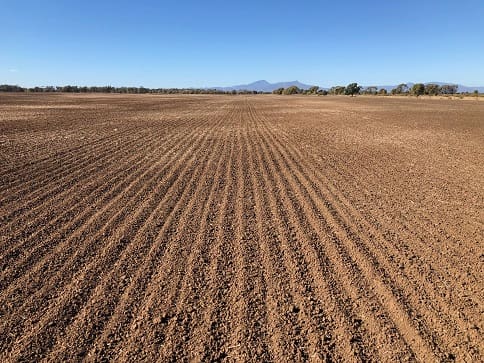NSW producers considering late sowing barley in consideration of the dry start to winter have been advised to take paddock selection and seed quality into account.
With the lack of any substantial winter rainfall across the northern grains region of NSW, many growers have dry sown a proportion of their winter cereal crop and are now waiting on rain before committing to further plantings.
As the sowing window becomes later growers are increasingly looking to barley as a late sowing option.
In some cases this might also be to increase the level of stubble cover to reduce the risk of erosion and runoff in bare paddocks.
NSW Department of Primary Industries research agronomist, Rick Graham, said barley was considered a lower fertiliser input crop, which was seen as more adaptable and tolerant of short seasons, in comparison to spring wheat varieties.
“When deciding to late sow, growers need to take into account paddock selection and history as the impact of potential weed problems and any sub-soil constraints are likely to be amplified in a dry season,” Mr Graham said.
“Growers will need to consider seed quality, particularly seed size and germination percentages, when looking at late sowing options and adjust seeding rates accordingly. With later sowing the tillering of crops may be reduced and increased sowing rates used to compensate for this.
“A balanced Starter fertiliser with adequate phosphorus should be provided at sowing, while any nitrogen fertiliser decisions should preferably be considered in crop when realistic yield potential is clearer.
Growers currently have access to a number of late sowing/early maturing barley variety options, which are photoperiod sensitive, enabling them to speed up development when sown later.
“These include varieties that are extensively grown access the northern region.”
Mr Graham said variety options available to growers would depend on seed retained on-farm or the ability to be purchased. These considerations will clearly impact variety sowing options and seeding rates.
“Growers can refer to the NSW DPI Winter crop variety sowing guide for variety options and sowing window recommendations at the NSW DPI website and the National Variety Trials (www.nvtonline.com.au) for additional information,” he said.
“The trade-off with sowing varieties outside of their preferred sowing window is reduced yield potential and increased chances of grain quality being impacted.
“Yield losses for example of around five per cent per week can be expected when sowing dates are delayed beyond the preferred sowing window (https://grdc.com.au/resources-and-publications/grdc-update-papers/tab-content/grdc-update-papers/2015/03/barley-agronomy-and-varieties), while varieties may also exhibit a greater likelihood of decreases in grain quality parameters especially high screenings. (https://www.dpi.nsw.gov.au/__data/assets/pdf_file/0011/578288/northern-grains-region-trial-results-autumn-2015.pdf ).
Other factors such as long-term seasonal outlook, commodity prices and aversion to risk, will also influence a grower’s decision to late sow barley.
Source: NSW DPI


HAVE YOUR SAY